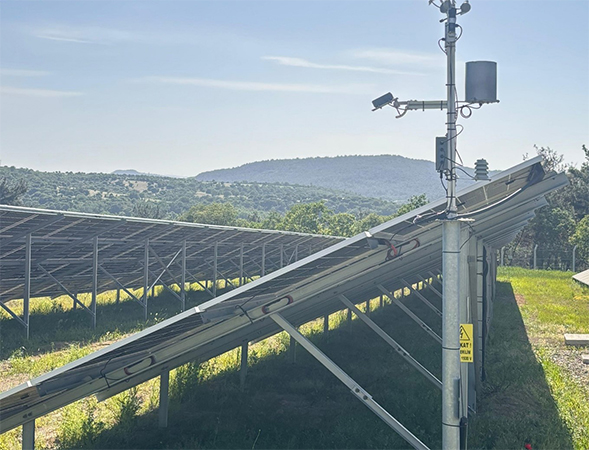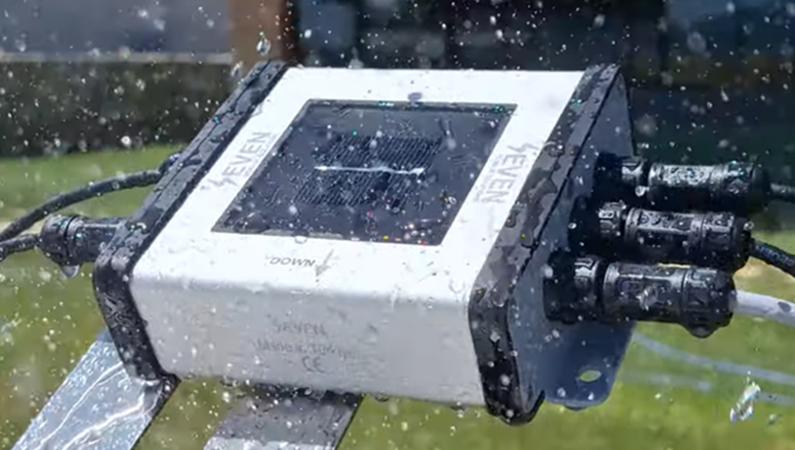Sensors are essential for monitoring photovoltaic (PV) systems, playing a key role in collecting accurate environmental and performance data. However, when these sensors are used in areas with consistently high humidity, they face some serious obstacles that can affect how well they work and how long they last. Moisture in the air can damage sensitive parts, cause internal condensation, corrode electronics, and lead to unreliable readings or even complete failure over time.
As solar energy expands into more regions with tropical and humid weather, sensor durability and accuracy in those conditions are more important than ever. The impact of humidity on electronics is not just a theoretical concern — it is a very real issue that can cause long-term problems if not addressed properly.
Main Challenges Faced by Sensors in Humid Conditions
High humidity can be a sensor’s worst enemy. One of the biggest issues is condensation — when warm, moist air cools and turns into water droplets inside the sensor’s housing. This can short out circuits or corrode metal components, slowly degrading performance. In some cases, it causes the sensor to stop working altogether.
Another common problem is reading drift. For example, sensors like pyranometers can gradually start giving off inaccurate data due to the constant presence of moisture. Over time, even small measurement errors can add up and impact the quality of the entire monitoring system.
And then there’s signal interference. Water vapor in the air can create electrical noise, distorting the sensor’s output and making it harder to pick out real trends in the data. This noise is not always easy to detect but can be very disruptive, especially in sensitive applications.
All of these issues make it clear that extra care is needed when selecting and designing sensors for high-humidity environments. Simply put, not all sensors are built to handle this kind of stress.
SEVEN Sensor: A Success Story in Humid Environments
SEVEN understands these challenges and has built its sensor technology to overcome them. Knowing that many PV installations are in tropical or coastal areas, the company has put a lot of thought into how to keep sensors working even when humidity levels are constantly high.
First of all, SEVEN uses design features like ventilation plugs and moisture-resistant enclosures to reduce the risk of condensation. In some models, internal humidity levels are monitored to catch any early warning signs of potential moisture damage. These small details make a big difference when it comes to reliability.

SEVEN also uses high-quality materials and protective coatings to keep internal components safe from corrosion. Whether it is the body of the sensor or the electronics inside, each part is chosen and assembled with durability in mind.
Thanks to this approach, SEVEN has been able to export its sensors to more than 85 countries around the world — many of them known for their hot and humid climates. Regions like the Philippines, Malaysia, Indonesia, India, and Panama have all proven to be successful markets for SEVEN, where the sensors continue to perform well under pressure.
From irradiance sensors to thermopile pyranometers and module temperature sensors, every product in SEVEN’s lineup is designed with high-humidity challenges in mind.

SEVEN’s success shows that with careful design and the right materials, it is entirely possible to design sensors that can handle tough environmental conditions without sacrificing performance. By focusing on real-world conditions and engineering around them, SEVEN has created a product line that helps PV operators get reliable, long-lasting data — no matter where in the world their systems are installed.
